Teaching Latin in Your Homeschool is Valuable
Learning Latin is the basis of all languages
All languages come from a common core of root words. Why do you think Europe teaches Latin to their youngest grades? At its core is the foundation to all other languages, including English. Not only will learning Latin provide avenues towards more literacy and comprehension with other languages in your child’s future, it will also help them to better understand and master the English language.
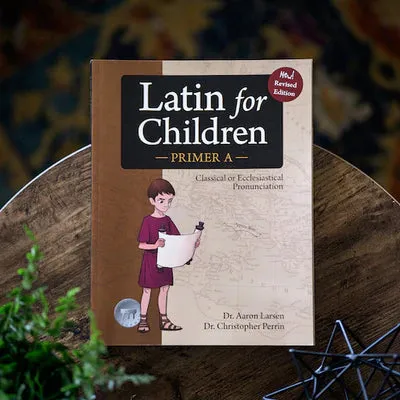
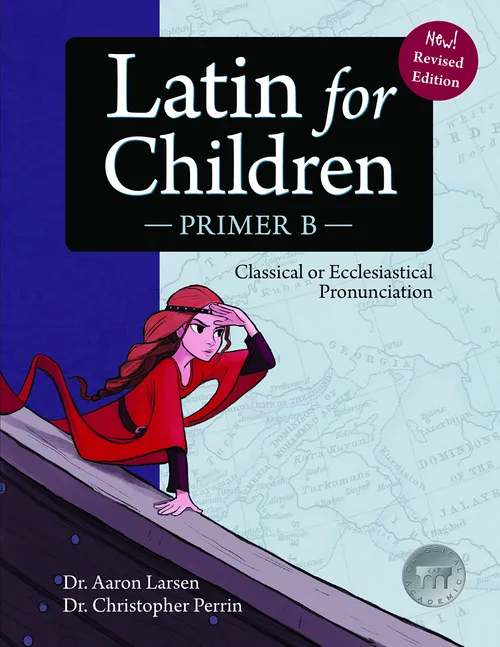
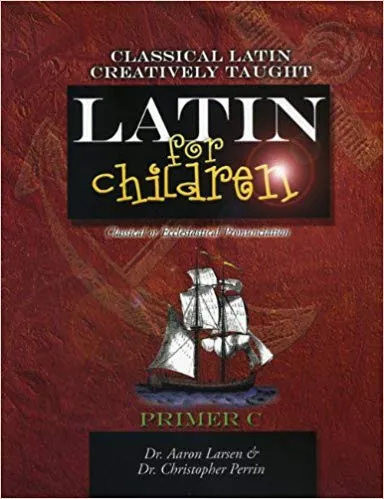
Finding a Latin curriculum is challenging and there are limited resources.
My husband is a master at researching and he did a considerable amount of work searching for Latin curriculum online and at the library. We knew that it would be essential to start teaching it to our children, even if they may be a little too young. It would be important to provide that “grid” of language in their brains while they grow and mature. Most of the language classes my husband and I took both in highschool and college always came back around to the same goal – the sooner you start, the easier it is to become fluent.
Apply the same principles you would for teaching your child as you would for your native language. We speak to our children from the day they are born, read out loud to them, provide social cues and emotional reactions. The child learns those by default. While teaching a foreign language may not be as easy as the opportunities for mastering a native language, the effort and principle remains the same. Teach your child the basics of the language at a young age and it will eventually “click” in their brain. If you can’t start your child at a young age, any age is good. I learned Spanish only in highschool but I still remember much of it today. It’s all about your dedication and commitment to establishing it in your brain.
The pros outweigh the cons for Latin for Children curriculum. Here’s why:

Pros:
- Effective
- Kid-friendly format
- Full of content
- Good pace
- Multiple resources
Cons:
- Can be time consuming
- Requires a lot of attention and planning
- Only three books in series – A, B, C
- Grammar sections can be challenging



Why Latin for Children Works:
It’s Effective, Kid-Friendly and Full of Content-
I’ll admit, I was skeptical upon first glance at this Latin for Children curriculum. It seemed overwhelming but then again, I had ever learned Latin in my childhood. Knowing it would be essential since our children already had an interest in learning other languages including Spanish, Greek and Japanese, we knew we had to try it. Children are versatile and moldable. We knew if we tried it and it failed, we could start over again and they would be okay.
It was a rough start the first years of this curriculum, but as time went on, we started to see results. We have also had to adjust a lot of how we taught this curriculum over the years. To be honest, there was a year we just stopped teaching Latin to our children altogether and reassessed how we would teach it. It was that challenging. But we are so glad we did because now our middle son is grasping Latin much more effectively and we couldn’t be prouder.
Mostly Kid-Friendly Format and Full of Content
Our children are good readers, but we also had to recognize that the book had a ton of content and too much to read in one sitting. So we readjusted and decided to break the books down by level of years the child had worked in the language to help with comprehension and fluency.
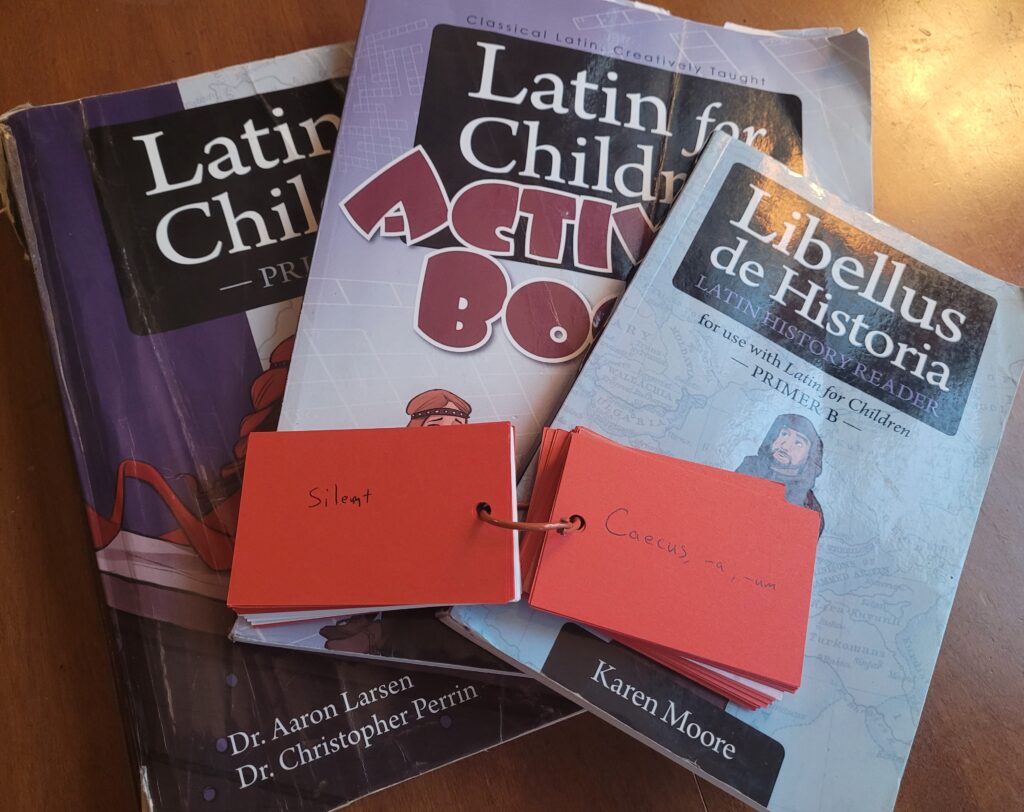

The lesson chapters are broken down into colorful and kid-friendly sections with a page for vocabulary, a story with pictures, grammar lessons, memory worksheet, translation, and an activity worksheet with a quiz at the end. Each chapter only spanning about five pages or so depending on which level book you are working on. The boxes are colorful and outlined so it’s easy to see where the work needs to be completed. I will say the instructions are somewhat lacking, so you have to carefully review the content to make sure you know what you need to complete.
Book Breakdown:
In the first book – Primer A, we started slow and only did half of the content per chapter. Mostly the main vocab page and the story page. We provided some reading of the grammar sections but didn’t test over it. We provided oral exams just to see if the majority of the words were understood before moving on.
In Primer B we added in the grammar sections more heavily and the “quiz” sheets to review and a few translations to write out. The main book has an amazig glossary and the translation books have the words needed right on the same page as the translation page. Very accessible and kid-friendly.
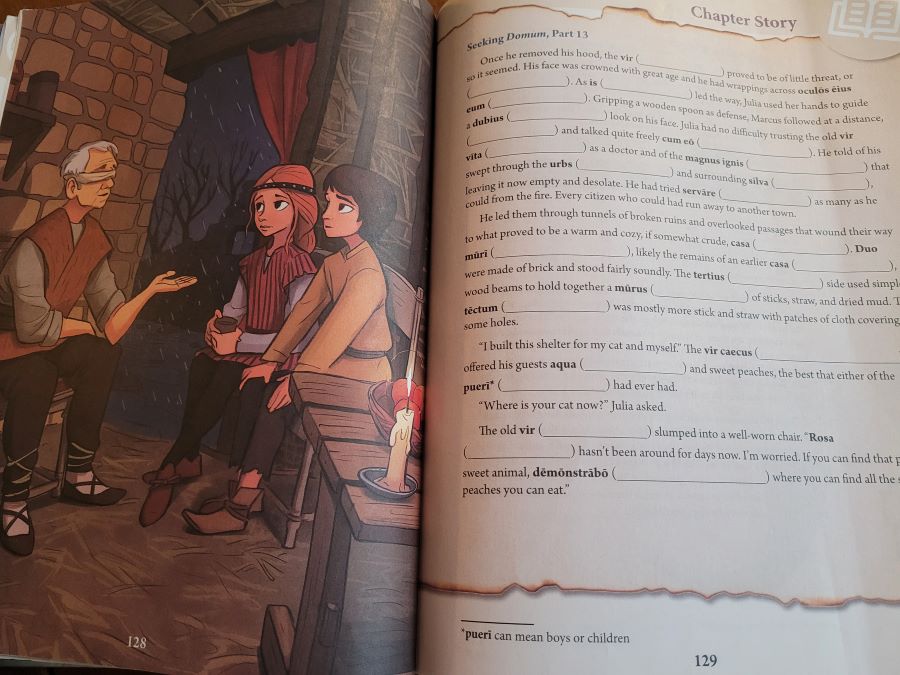

In Primer C we added in the translation book fully as well as all the other content combined. By this time, it’s been years and the child should know the majority of the main content. If you go slowly, when you arrive at this book, your child should be able to easily remember the words that are commonly used as well as access the glossary with confidence. Our son who is in middle school just finished the Primer C this year. It took about four years and then he mastered it and was able to do the final book exam by knowing 75% of the words from memory. We call that a success.
Some Challenges:
The books will require some quality attention at first and some planning. The first year we had a lot of 1:1 time with our children explaining and working through the words and worksheets together. We started our eldest son on the Primer A when he turned six years old. However, that was only because he had an affinity to read and was very interested in language. As we have evaluated his growth, we have adapted to the younger two children by starting later and pacing the books differently.


The first year we saw almost no results with our children. It didn’t matter what learning style they had, it was slow and we took many breaks. But don’t lose heart and don’t give up. It’s a very effective over time. It’s a low growth that you may miss. With any language that is true but especially learning the pronunciation and grammar of these books. This year has been a wonderful breakthrough because our middle son is able to complete most of the book on his own and is getting the majority of the vocabulary correct at first glance. This is huge. But it took him two years to get there. So be patient. It will “click” with some time and effort up front.
What we did to adapt:
- Broke the book down into necessities and then gradually added content/pages over time.
- Did many informal assessments including oral exams and reviews.
- Made multiple flashcards and practiced throughout week.
- Slowed the book down to multiple weeks for one chapter to create mastery and confidence.
- Many check-ins and one-on-one time to review.
- Made copies of the book pages so we could highlight and make corrections.
Overall, I give these books a positive review. They are time consuming and can be overwhelming at first, so my advice is add this curriculum into your homeschool after you are comfortable with the basics of your materials. This takes time and commitment up front, especially if you start young. But give yourself some time and patience, make changes and adapt it to your homeschool routine. If there is any take away from this book, know that it will work and is effective, just be patient and you will be impressed by the results.
One thought on “Teaching Latin in Your Homeschool is Valuable”
Comments are closed.